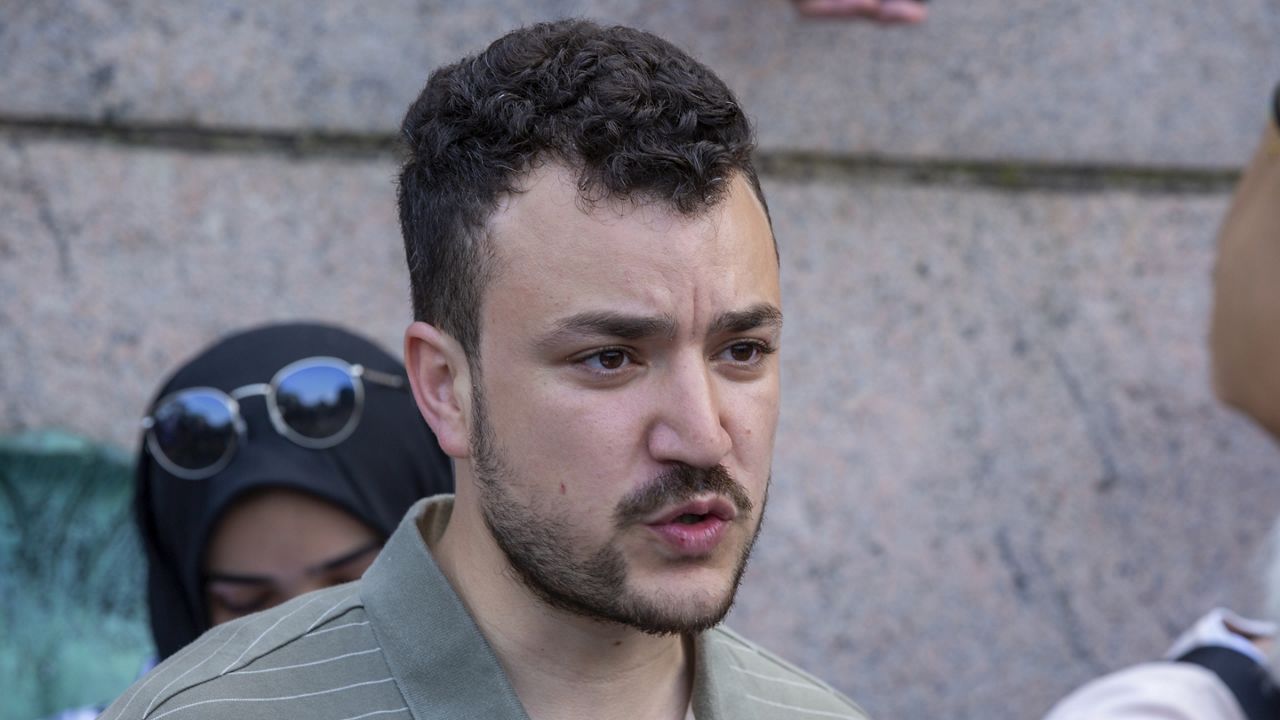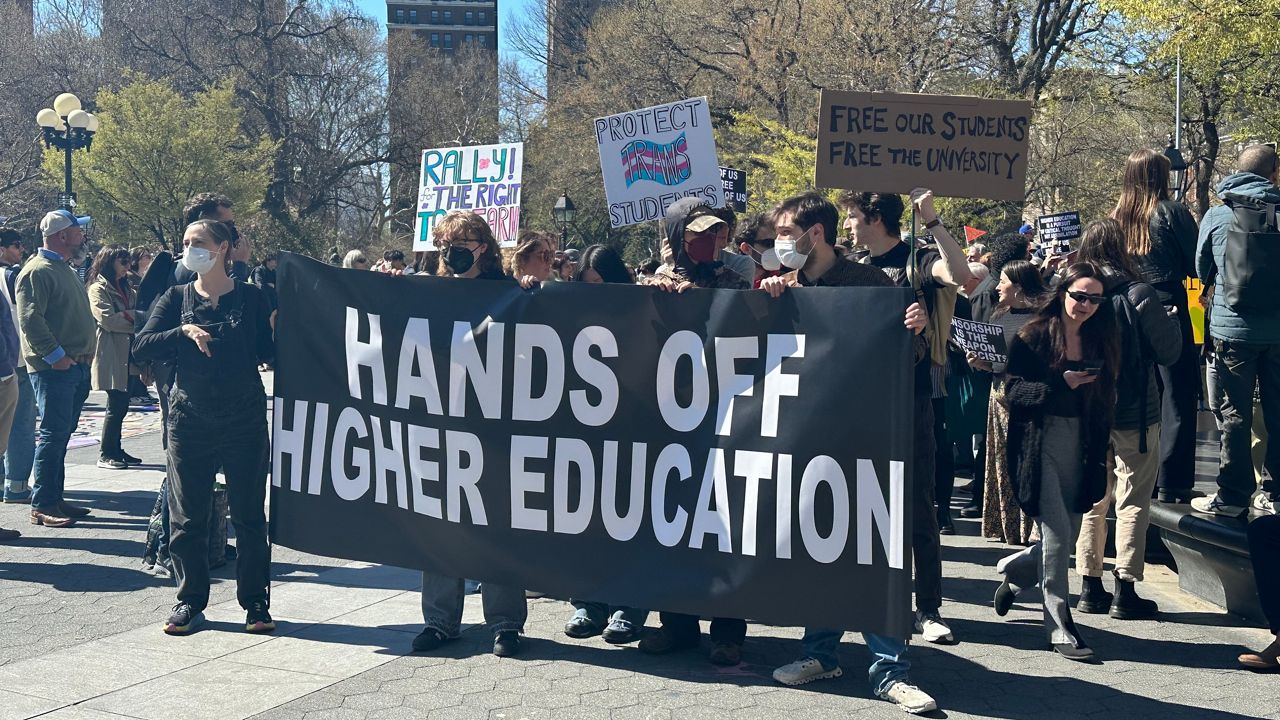Tens of thousands of migrant children are living in city shelters and attending public schools.
Soon, their parents will get 60 days of notice to find a new place to live or head back to the Roosevelt Hotel to apply for a new shelter placement.
“It is adding chaos into an already taxed system and you know, kids are going to pay the price for this,” said Jennifer Pringle, the project director at Advocates for Children of New York.
What You Need To Know
- Migrant families with children in shelter will have 60 days to find new housing or apply for a new shelter placement
- That could mean migrants will have to move away from their current shelter and from their child's school
- The city will be required to bus children back to their original school, but advocates say it could create unfeasible commutes for many families
Advocates worry it will mean disruption in education for children whose lives already lack stability.
But Mayor Eric Adams pushed back Tuesday, the one day a week he takes questions he deems off-topic.
The mayor insisted children will be allowed to remain in their current school even if they move residences.
“My job as the mayor and the chancellor is to make sure no matter what means are needed, that no child will have their education interrupted,” Adams said.
That’s not just out of kindness. Federal law entitles homeless children to remain in their school if they move — either to a new shelter or permanent housing — and requires the city to bus them to their old classroom.
But depending on how far a family is moved, returning to their old school may present major burdens for families.
“Logistically, can you even exercise that right? Or is it just so ridiculously difficult for you to get back to that school that it’s an empty right?” Pringle said. "If you’re moving a family from, you know, Kingsbridge in the Bronx out to Floyd Bennett Field, you know, yes, you have the right to stay in that school, but that commute is going to be horrific.”
It could mean multiple hours on school buses or public transportation each day in each direction, and require hundreds of new bus routes for the already-strapped city Office of Pupil Transportation.
“When you’re adding hours of travel to a child’s day, you’re taking away the time that they could be doing homework. You're taking away the time they could be spending with their family. You're taking away the time that they could be actually building roots in a community where they could actually settle,” said Liza Schwartzwald, the director of economic justice and family empowerment at the New York Immigration Coalition.
It may lead some families to change schools, which will come with its own disruptions to students, who will have to start fresh. But some worry the consequences will be even worse.
“It is nice pie in the sky idea that we can help all of these students and get them transported from a field five miles from their closest school and that’s going to be fine, but that’s not going to happen. What’s going to happen is kids will drop out of school. Kids are going to miss substantially more class,” Schwartzwald said.








_DNT_Columbia_Protest_CLEAN_FOR_APPROVAL)
